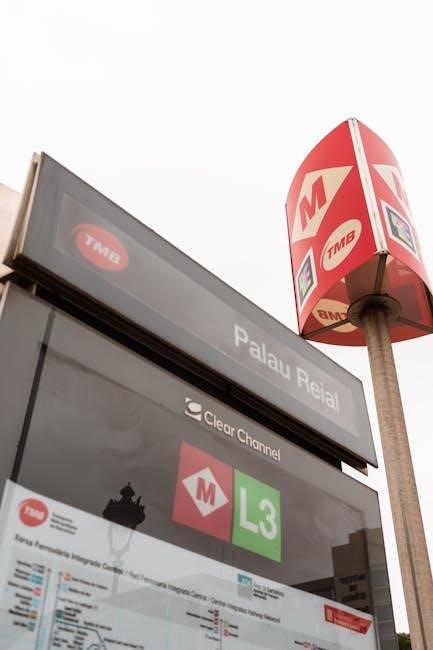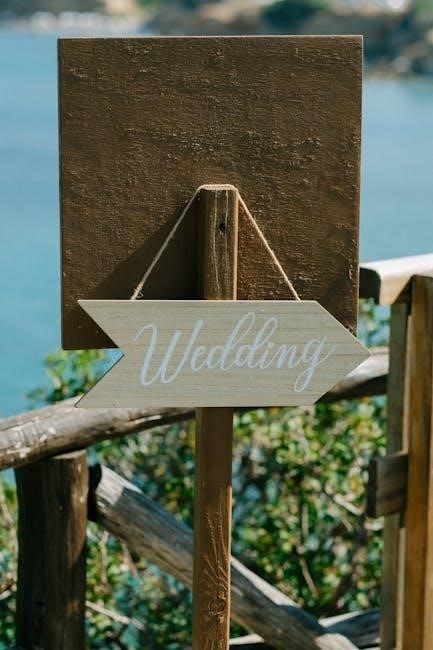Boat lift guide posts are essential components that aid in properly positioning your boat on the lift. They ensure safe and consistent docking. The guide posts are made up of brackets, posts and PVC covers and they are necessary to install.
Understanding the Purpose of Guide Posts
Guide posts on a boat lift serve a crucial role in ensuring the safe and efficient operation of your boat lift system. Their primary purpose is to act as visual and physical guides, assisting you in aligning your boat correctly as you enter the lift cradle. This helps prevent damage to your boat and the lift itself.
The posts ensure that the boat is centered within the lift, avoiding any imbalance or stress on the lifting mechanism. This proper alignment is especially important in windy conditions or when visibility is limited. The guide posts also protect your boat’s hull from scraping against the lift’s metal frame. By providing a cushioned barrier, they minimize the risk of cosmetic damage. Correct guide posts are essential for an easy and safe lift.

Types of Boat Lift Guide Posts
Boat lift guide posts come in various designs and materials, each suited to different boat sizes, lift types, and environmental conditions. One common type is the adjustable guide post, which allows for customized height and width settings to accommodate different boat beams. These often feature padded sleeves to protect the boat’s hull.
Another type is the piling-mounted guide post, designed for lifts installed near pilings. These provide extra stability and can withstand greater forces. There are also floating guide posts, which rise and fall with the water level, ensuring consistent guidance regardless of tide or wave action. Materials range from PVC and aluminum to galvanized steel, each offering varying degrees of durability and corrosion resistance. The choice depends on your specific needs.

Factors to Consider Before Installation
Before installing boat lift guide posts, consider water depth, bottom conditions, and boat beam. Accurate measurements are crucial for optimal positioning. Proper planning ensures the lift is effective and safe for your boat.
Water Depth and Bottom Conditions
Before you even purchase a boat lift, it’s crucial to know your local water conditions well. Consider the water depth at both high and low tides to ensure your boat doesn’t bottom out when lifted. Rocky or uneven bottoms may require adjustments or additional support for the lift.
Miscalculations or changes later in the season can make adjustments difficult on the fly. Adjustments are difficult to make on the fly if you miscalculate or there are changes later in the season, so its best to go in with as much information as possible before boat lift installation. It’s best to gather as much information as possible before installation.
Boat Beam Measurement
Accurately measuring your boat’s beam is critical for selecting the appropriate guide posts. The beam is the boat’s width at its widest point. This measurement helps determine the necessary spacing between the guide posts. Ensure the selected guide posts provide ample clearance on either side of the boat.
This clearance can range from four to ten inches, depending on whether you plan to add guide posts. Moreover, the boat beam measurement helps to install the cradle guides so that they guide your boat into perfect position every time. The beam is the widest part of your boat, so measure that plus a four- to ten-inch cushion on either side, depending on if youre adding guideposts.

Step-by-Step Guide Post Installation
Proper installation ensures the guide posts function effectively, and the following steps will guide you through the process. It involves bracket installation and then post insertion, all with a focus on securing the boat lift.
Bracket Installation
Begin by gathering all necessary tools and hardware. This typically includes wrenches, sockets, and appropriate fasteners. Position the brackets according to the boat lift manufacturer’s instructions, ensuring they align correctly with the boat lift frame. Secure the brackets using bolts, washers, and nuts. Tighten the fasteners gradually, alternating between bolts to ensure even pressure distribution. Double-check the bracket alignment and stability before proceeding. If installing on pilings, verify the pilings are square and adequate to carry the lift’s payload. Ensure the brackets are level and plumb for optimal performance. Consider the water depth and bottom qualities as part of your installation. The guide post is a three piece design consisting of the bracket, post and PVC cover.
Post Insertion and Tensioning
Carefully insert the posts into the installed brackets, ensuring they are seated correctly. Adjust the height of the posts to align with the rub-rail of your boat. Once boat is ON THE LIFT install each guide post so that there is ample tension pressing against your boat’s rub-rail. Gradually tension the posts, ensuring they provide adequate guidance without excessive pressure. Use the adjustment mechanisms on the brackets to fine-tune the post tension. Verify that the posts are aligned vertically to prevent any twisting or binding. Secure the posts in place using locking mechanisms or set screws. Double-check the post height and tension after securing. Helpful Hints: A reference mark can be placed on a guide pole to indicate that the cradle is deep enough for the boat’s hull to clear the cradle.
Adjusting Guide Posts for Optimal Boat Positioning
Fine-tuning the guide posts is crucial for consistent and easy boat positioning. Begin by observing how your boat enters the lift. If the boat consistently drifts to one side, adjust the corresponding guide post inward to correct the alignment. Ensure that the boat is centered on the lift platform. Make small, incremental adjustments to avoid over-correction. After each adjustment, test the boat’s entry to evaluate the effectiveness; Consider the effects of wind and current on boat positioning and compensate accordingly. A reference mark can be placed on a guide pole to indicate that the cradle is deep enough for the boats hull to clear the cradle, this will assure clearance entering and exiting the boat lift. Periodically check and readjust the guide posts as needed, especially after changes in water level or boat loading.
Safety Precautions During Installation
During installation, always prioritize safety. Wear appropriate safety gear, like gloves and eye protection. Ensure the boat lift is stable and secure. It is also important to have additional help during installation to avoid over-centering.
Importance of Additional Help
Installing boat lift guide posts can be a complex task, and having additional help is crucial for safety and efficiency. Boat lift installation can be dangerous without the proper amount of help. More adults should handle the lift in case of unforeseen problems. For example, changing wind, water conditions, or balance.
A reference mark can be placed on a guide pole to indicate that the cradle is deep enough for the boats hull to clear the cradle. This will assure clearance entering and exiting.
Consider having authorized technicians and certified installers help with the installation. This is to ensure the project is completed correctly.
Avoiding Over-Centering
Over-centering can occur if the boat lift is not properly adjusted, causing the boat to tilt excessively to one side. To avoid this, ensure the lift is level before installing the guide posts. Proper alignment of the boat and the lift is key to the boats safety. Proper alignment should be performed to assure clearance entering and exiting. Install each guide post so that there is ample tension pressing against your boats rub-rail. Before you purchase, let alone install, a new boat lift, get to know your local water conditions really well.

Maintenance and Inspection of Guide Posts
Regular maintenance and inspection of guide posts are crucial for ensuring their effectiveness and longevity. Inspect the brackets for any signs of corrosion or damage. Check the posts themselves for cracks, bends, or wear. Also, make sure that the PVC covers are intact and free from damage, as this is included in the guide post three piece design. The lift structure, welds, bolts, and pins must be inspected annually. Replace any damaged parts immediately to prevent further issues and maintain proper boat positioning.
Troubleshooting Common Issues
Several common issues can arise with boat lift guide posts, including misalignment, looseness, and damage from impacts. Misalignment can cause difficulty when positioning your boat, while looseness can reduce stability. If you notice these issues, inspect the brackets, posts, and hardware for damage or wear. If you have to adjust once you get your lift, think of the beam and style. Adjust the posts as needed to ensure proper alignment and tighten any loose connections. Consider the water depth and bottom qualities as part of your installation.
Professional Installation vs. DIY
Deciding between professional installation and a do-it-yourself approach for boat lift guide posts depends on your skills, experience, and available time. Professional installation ensures that the job is done correctly and safely. According to the search results, it is best to have an experienced professional handle boat lift installation to ensure the projects is completed correctly.
